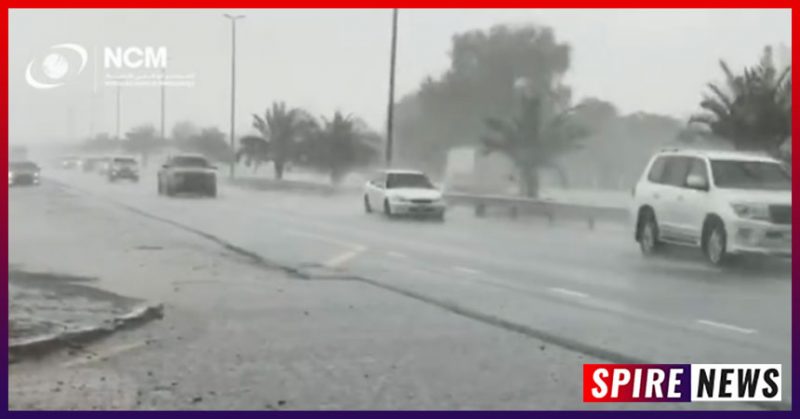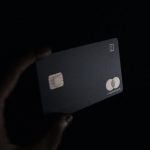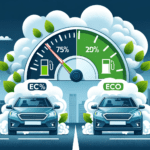Dubai manages to beat the heat using fake rain!
Fake rain in Dubai was created by using the process of cloud-seeding. In this process, the clouds are brought together which later starts precipitation. All of this leads to rain as the outcome. Fake rain in Dubai is not new as it has already been in practice since 2017.
Currently reeling in the blistering heat at 50C, the city in the UAE has decided to bring rainfall with the help of technology. Instead of completely depending on mother nature, drones will create ‘shocks’ in the clouds in order to make it rain.
- Advertisement -
Fake Rain in Dubai
The National Centre of Meteorology came up with this idea that costs millions. The aim behind fake rain in Dubai is to bring respite from the heatwave that comes every year and bring up the average rainfall that is an abysmal four inches every year.
- Advertisement -
The country has been funding this endeavor of fake rains in Dubai since 2017. It is being spearheaded by Prof Maarten Ambaum, who hails from the University of Reading in the UK.
The drones created are supposed to release electrical ‘charges’ into the clouds that, in return, will cause rain. The method applies is known as ‘cloud-seeding’, which makes sure the clouds come together to facilitate precipitation and produce the obvious.
- Advertisement -
Check out: Naomi Osaka Review
Recently, they did a trial run of the same. ‘Official UAE Weather’s Instagram page shared a video of the cars driving through in Dubai amidst the downpour that has brought relief to the city-dwellers.
Cloud Seeding in Dubai
The enhanced rain is created using drone technology known as cloud seeding. The innovative tech gives clouds an electric shock that makes them clump together to produce precipitation.
- Advertisement -
Water drops are meant to merge and stick together when they are given an electrical pulse, similar to dried hair adhering to a comb. Eventually, if the drops merge together and become big enough, they fall as rain.
A video of the downpour was also shared on the official Twitter handle of UAE’s National Centre of Meteorology. The rain pours down on a highway as the cars navigate through it.
Reason for creating fake rain in Dubai
According to an official from the National Center of Meteorology, the cloud seeding process that took place yesterday, today and will continue tomorrow around the UAE is enhancing the amount of rain. | UAE weather: Heavy rain, thunder in Dubai https://t.co/IUpyeb9lRZ
- Advertisement -
— Jerusha Sequeira (@Jerusha_Seq) November 10, 2019
To beat the heat, the United Arab Emirates’s (UAE) National Center of Meteorology came up with a solution that resulted in monsoon-like rainfall in the desert country. The enhanced rain is created using drone technology known as cloud seeding, according to reports.
This technology, used to enhance precipitation, generates electrical charges prompting clouds to coalesce and produce water. Each year, the average precipitation in the country measures just 100 mm.
Effectiveness of Cloud Seeding
As per experts, the technology aims to create rain more efficiently within clouds and in the process, it triggers more water to come down. They suggest cloud seeding methods can help in alleviating the water problem.
And the weather manipulating method has largely been a success as cloud seeding contributed to the heavy rainfall seen across the country earlier this month. So, one can say that the fake rain in Dubai actually works. According to Gulf Today, both the NCM and Abu Dhabi Police issued warnings to the public, urging caution in the wake of poor visibility and driving conditions.
Conclusion
When it comes to tackling the climate crisis, there are, broadly speaking, two opposing views. Those who believe we must reduce emissions and reverse, as far as possible, the damage; and those who believe humans can innovate their way out of the crisis.
Thus, this is how and why fake rain was created or made in Dubai. It does sound amusing to know and can be implemented in other areas with proper techniques. The question about whether it is good or harmful for the environment still remains and needs research. How does artificial rain sound to you?







